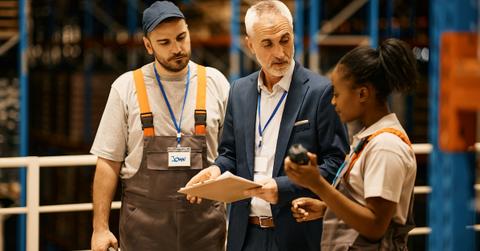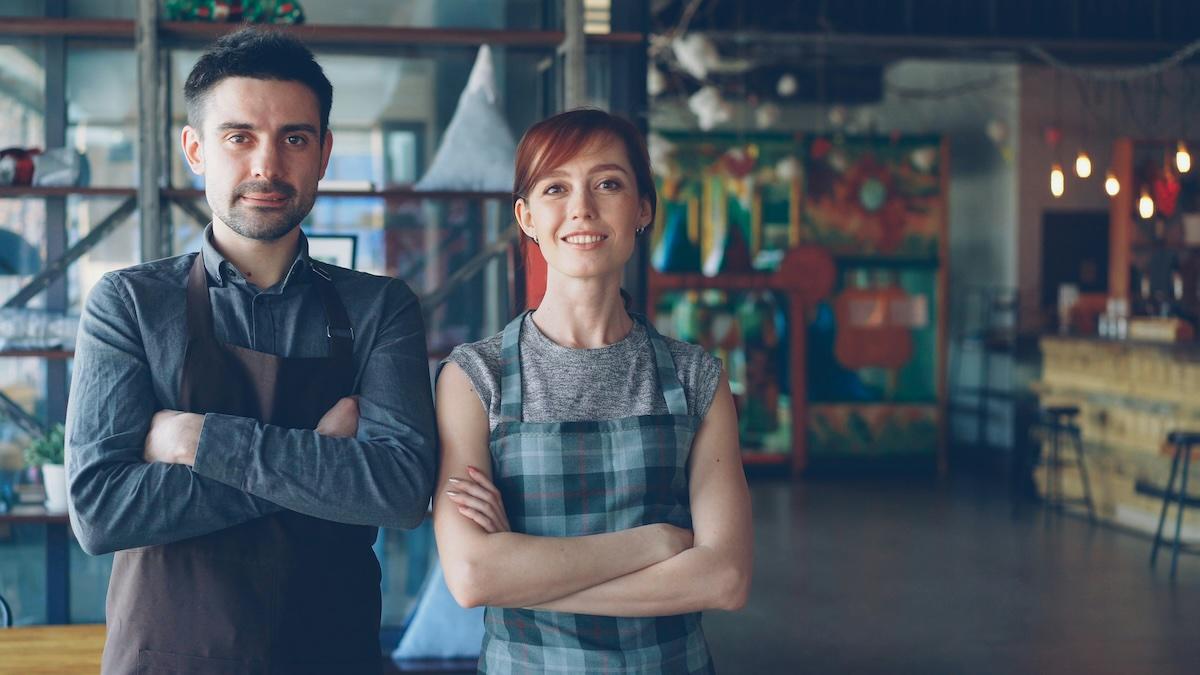Why Some of the Most Beloved CPG Brands Are Quietly Becoming Employee-Owned
Employee ownership, through models like ESOPs, is quietly reshaping the future of some of the most trusted names in the industry.
Aug. 26 2025, Published 8:15 p.m. ET

In the world of consumer packaged goods, the real magic often happens behind the scenes. Products may line grocery shelves for decades, holding a spot in shopping carts and pantries, but the companies behind them aren’t immune to generational change, market pressures, or the pull of private equity. In recent years, an increasing number of these brands have found a different path forward — one that hands the reins to the very people who make, sell, and stand behind the products.
Employee ownership, through models like ESOPs, is quietly reshaping the future of some of the most trusted names in the industry.
A Shift in Ownership With Staying Power
Consumer packaged goods have a unique challenge: keeping a familiar face while adapting to shifting markets. Ownership changes can disrupt that balance. When a brand is sold to an outside investor, cost-cutting or rebranding often follows, risking the very qualities that made it valuable. ESOPs, or Employee Stock Ownership Plans, offer a way to transfer ownership without erasing the company’s DNA. Instead of a handoff to outsiders, the transition keeps control in-house. That means the recipe stays the same, the packaging still feels like home, and the company’s mission doesn’t become an afterthought in a quarterly report. It’s not just sentimental — it’s strategic.

Employee-owned companies tend to see higher retention and stronger customer loyalty, both of which matter deeply in a sector where a consumer’s buying habits are built over years, not weeks.
Why History Matters in the Modern CPG Landscape
The idea of giving employees a stake in the company isn’t new, but the way it’s being used today feels different. A lot of the groundwork was laid decades ago, influenced by Clinton-era policies that encouraged broad-based ownership as a tool for economic stability. Those policies helped normalize ESOPs in industries far from manufacturing or tech, opening the door for more CPG players to consider them. Now, with many founder-led brands facing succession questions, ESOPs have become a practical way to preserve legacy while preparing for growth. In some cases, the transition happens gradually, allowing existing leadership to stay involved while employees gain an increasing share.
This keeps momentum steady, avoiding the turbulence that often comes with abrupt ownership changes. For CPG companies, where consistency is almost a form of currency, that’s an advantage that’s hard to overlook.
The Positive Ripple of ESOP Distribution
What happens when the people who run the machines, manage the supply chain, and greet customers also have a personal stake in the company’s success? You get a different kind of workplace energy. The moment employees realize they’re not just clocking in for a paycheck but building value in a shared asset, the dynamic changes. This is where ESOP distribution plays a starring role, turning the abstract idea of ownership into tangible benefits over time. In practice, that can mean employees at a snack company brainstorming ways to reduce waste in packaging or a beverage team pushing to source ingredients more locally.
They’re not doing it because it looks good in a press release; they’re doing it because every improvement ties back to the value of their ownership. This alignment of incentives often leads to innovation that’s both practical and brand-strengthening — exactly the kind of quiet progress that helps CPG companies stay competitive without sacrificing quality.

Keeping Expertise in the Building
Ownership changes in the CPG world can be messy. Outside buyers may not see the value in long-tenured staff or may underestimate how deeply certain operational quirks are tied to a brand’s identity. ESOPs sidestep that by keeping expertise where it belongs. Longtime employees often become the stewards of both the brand’s history and its future, carrying institutional knowledge that can’t be replicated overnight. This is where transitions become less about surviving change and more about harnessing it. For some companies, leadership works with advisors — for example, MBOVentures.com can help you understand ESOPs and taxes in no time at all — to make the process smooth and legally sound.
The result isn’t just a paperwork shuffle; it’s an intentional plan to empower those who’ve invested years, sometimes decades, of their lives into the brand. It’s also a way to keep local jobs intact in smaller communities where a CPG plant or headquarters might be a major employer.
Sustainability Gets a Boost From the Inside Out
One of the interesting side effects of employee ownership in CPG companies is how often it leads to more thoughtful sustainability practices. When employees feel like owners, they tend to care more about the long-term health of the company, which naturally extends to the way products are made and packaged. Whether that’s switching to recycled materials, optimizing transport routes, or encouraging customers to use reusable grocery bags, the initiatives often bubble up from inside rather than being mandated from the top down. And because the people driving these changes are the same ones balancing budgets and monitoring production lines, the solutions are usually both practical and effective.
Sustainability becomes less about checking a box and more about protecting something that’s both personal and shared — the company’s future.
Carrying the Torch Forward
The move toward employee ownership in the consumer packaged goods space is a quiet revolution, but it’s one with staying power. It gives brands a way to honor their legacy while staying nimble enough to adapt to new consumer demands. It rewards the people who have been instrumental in building and maintaining the brand, and it keeps the heart of the company beating in the same hands that know its rhythm best.
As more CPG companies weigh their options for the future, ESOPs will continue to stand out as a model that blends continuity with progress. That blend might be the very thing that ensures your favorite brands are still around — and still themselves — for years to come.
